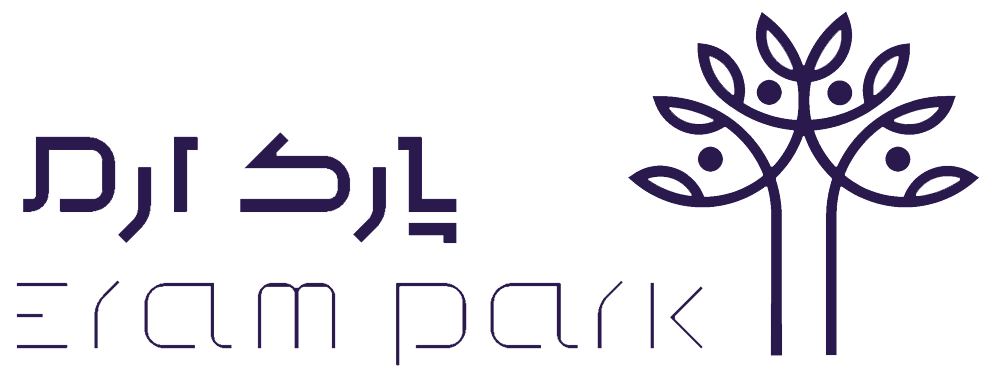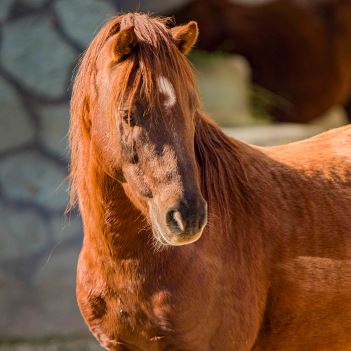Names
Persian Name: Asbcheh Khazari (Caspian Miniature Horse)
Arabic Name: Al-Hisan Al-Qazwini Al-Qazm / Caspian Pony
English Name: Caspian Miniature Horse / Caspian Pony
Scientific Name: Equus ferus caballus (Caspian as a distinct breed)
General Classification
Kingdom: Animalia
Phylum: Chordata
Class: Mammalia
Order: Perissodactyla
Family: Equidae
Habitat
The Caspian miniature horse is originally native to the southern coastal Caspian Sea regions, especially Gilan and Mazandaran provinces in Iran. This breed mainly inhabits the forested, foothill, and plain landscapes of northern Iran, where the temperate climate and rich vegetation provide an ideal environment. Today, there are also breeding centers in other Iranian cities and some foreign countries, but the largest and original population remains near the Caspian Sea
Conservation Status
According to the IUCN, the Caspian horse was regarded as Endangered (EN) for many years, though organized breeding programs have helped stabilize its status somewhat. Nonetheless, the breed remains rare and requires dedicated conservation efforts to survive long term
Diet
The Caspian miniature horse’s main diet consists of fresh pasture grass, hay, forest leaves, and—when managed—supplementary grain and vitamins. Breeding centers often provide a balanced diet tailored for the animals’ physical and athletic needs
Threats
Chief threats include habitat reduction due to urban expansion and agriculture, uncontrolled crossbreeding, insufficient conservation measures, climate change, and reduced genetic diversity. In the past, hybridization with other breeds threatened the survival of this unique line
Gestation, Offspring, and Biological Data
Gestation Period: about 11 months (340–345 days)
Foals per Birth: usually one
Maturity Age: about 2–3 years
Lifespan: 25–30 years (up to 35 in captivity)
Body Length: 100–120 cm
Height at Withers: 100–125 cm
Body Weight: 135–180 kg
Interesting Facts
The Caspian miniature horse is among the oldest known pony breeds, dating back more than 3,000 years BC
Despite their small size, Caspian ponies are suitable for children and even light adults, and are prized for their intelligence, agility, and sociable temperament
Introduction
The Caspian Miniature Horse is a national treasure and an identity symbol of northern Iran’s culture. Dating back to the ancient civilizations of the Caspian region, this historic breed played pivotal roles in transportation, royal ceremonies, and even inspired artistic artifacts. The Caspian’s unique features—such as petite and elegant stature, remarkable agility, and high intelligence—set it apart from other equines
Currently, due to their rarity, special preservation and genetic registration projects are in place, with active collaboration from Iranian and international research institutes to prevent extinction. The participation of Caspian horses in festivals and international exhibitions has established their reputation as cultural ambassadors of Iran
Conserving the genetic diversity of Caspian ponies is not only crucial from an ecological standpoint, but also as a cultural and historical heritage. Their adaptability and friendly demeanor have earned them a special place among equestrians, breeders, and children alike

